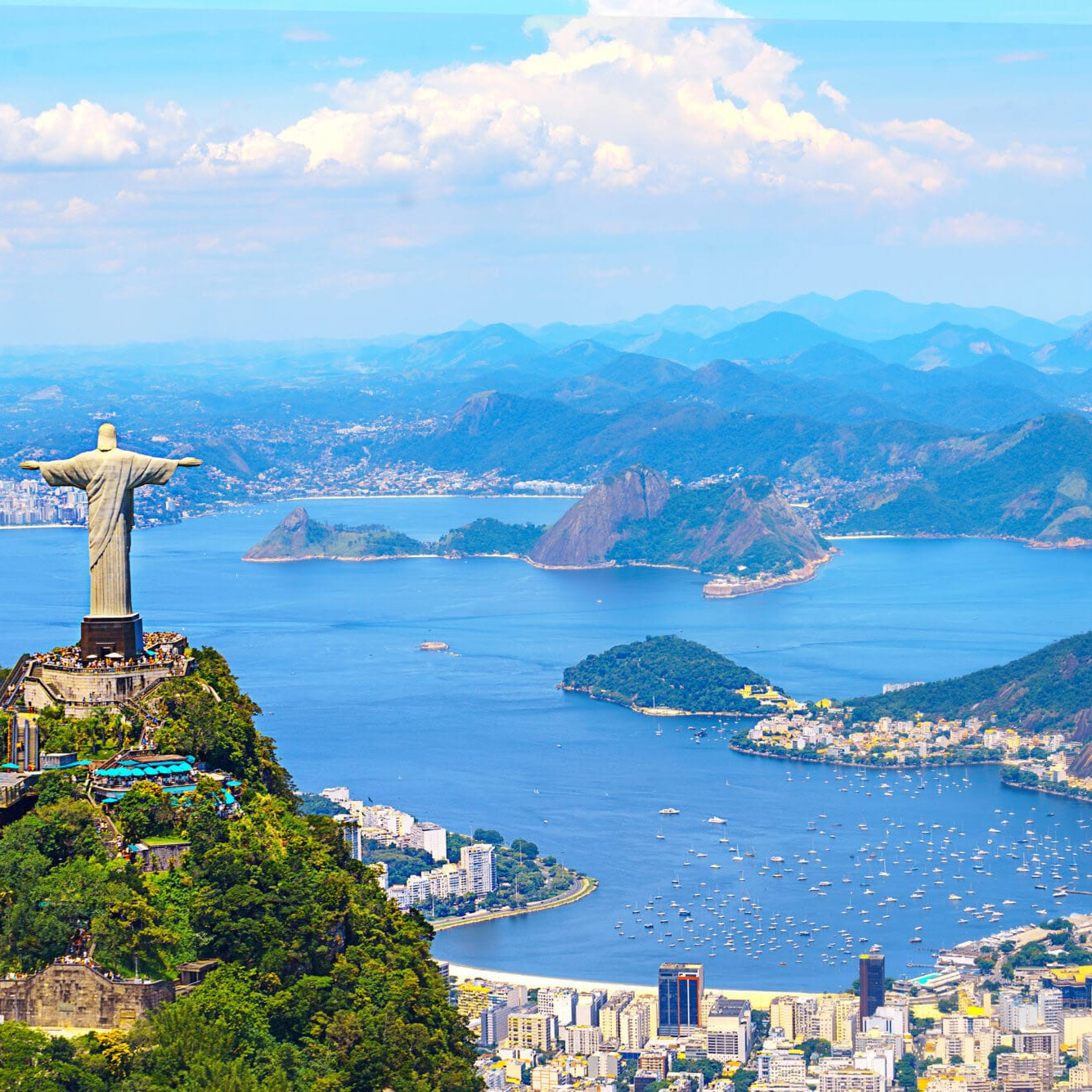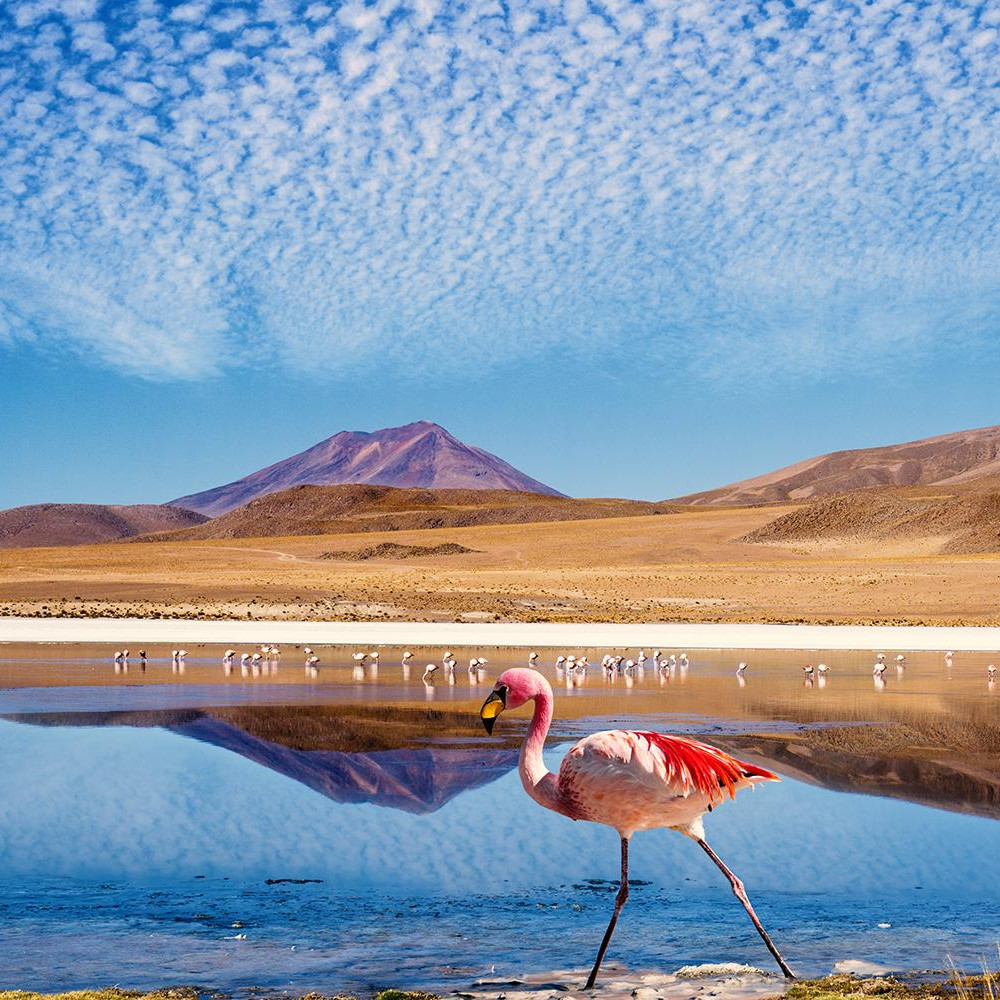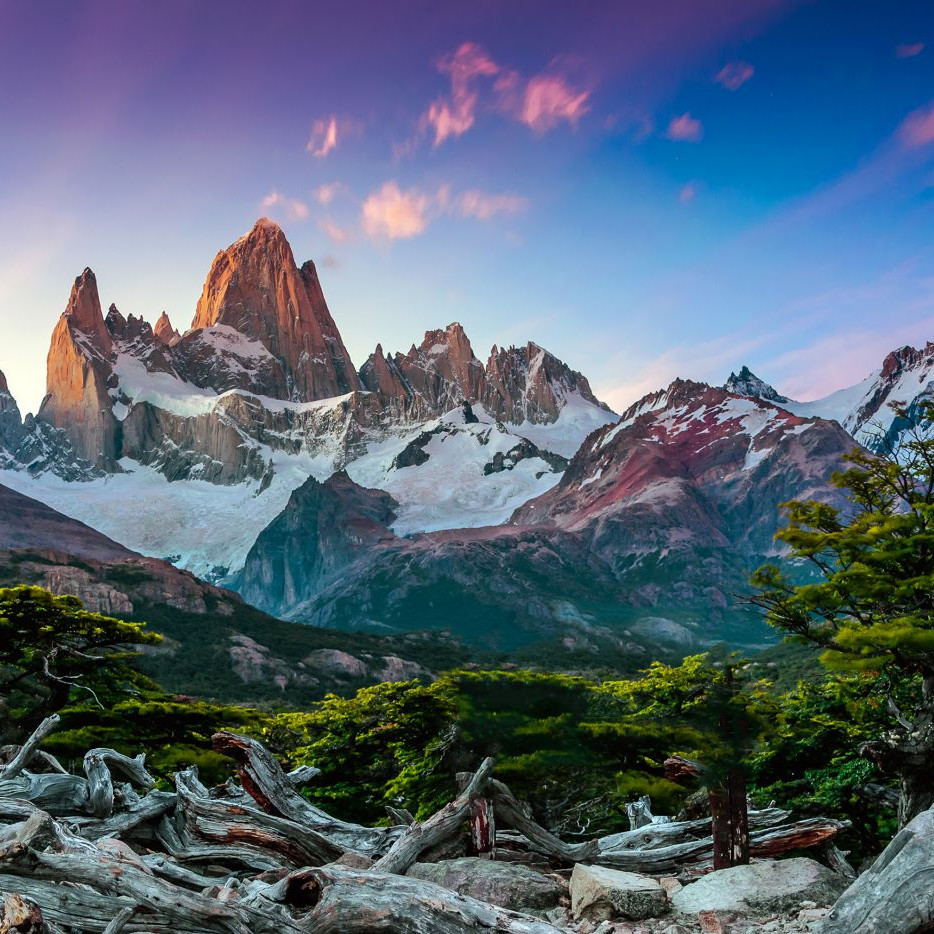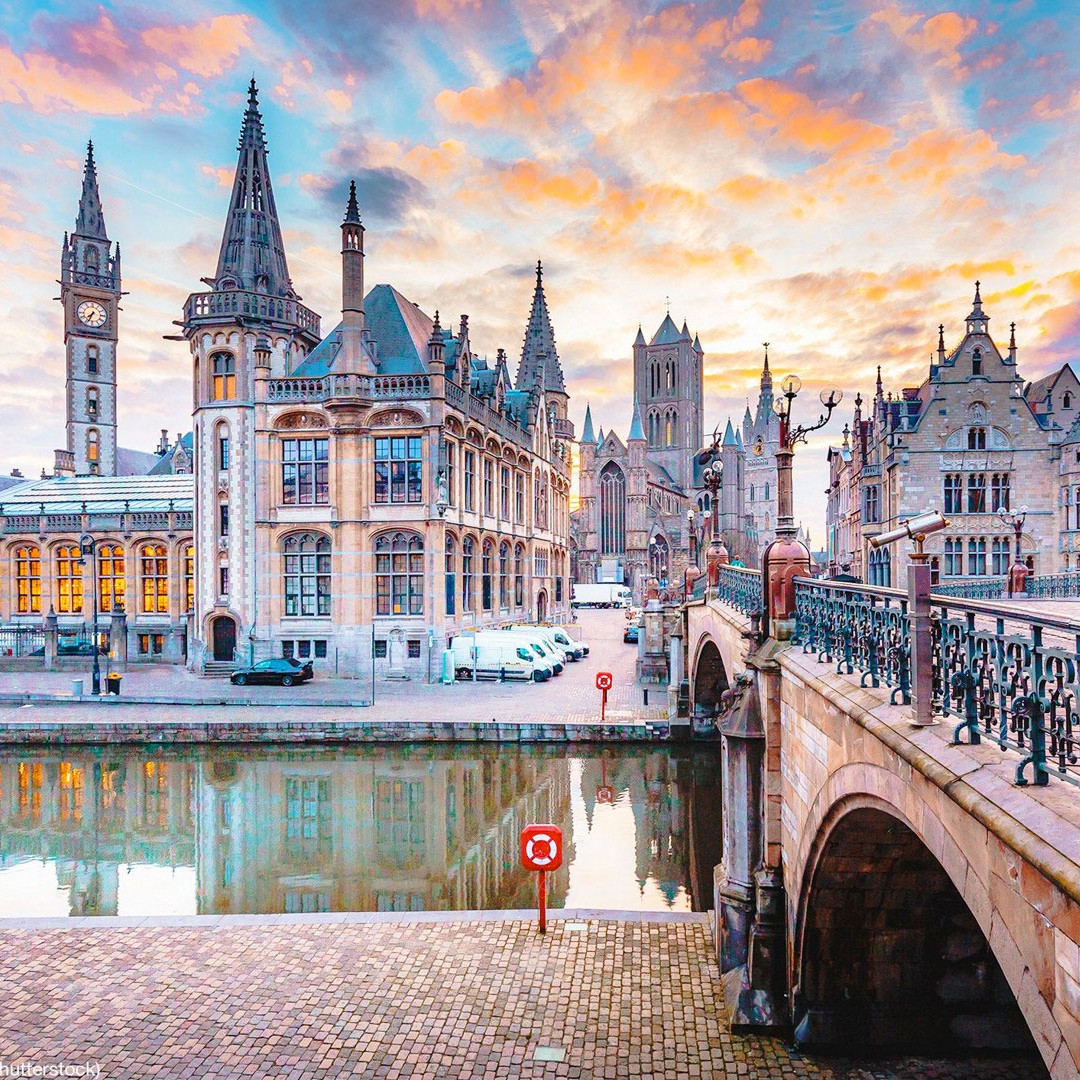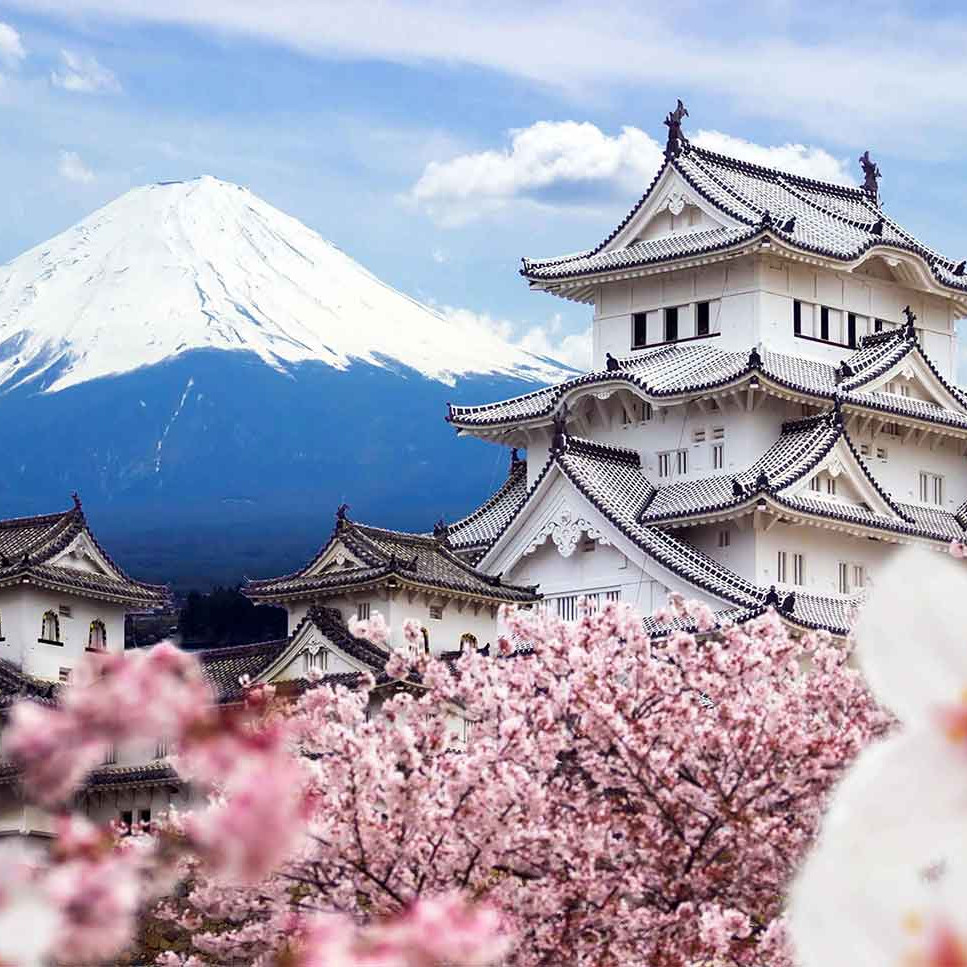Located in South America, Chile is famous for its wine industry, rich history and incredibly diverse landscapes, featuring a variety of climates and geographies; so expect to have a great number of experiences and adventures awaiting for you when you visit.
Why Visit Chile
LANDSCAPES & NATURE
Chile is the world’s narrowest country, however it has an incredible variety of landscapes, with the Pacific Ocean in one side and the Andes in the other. Ancient glaciers, snow-white salt plains, the Atacama desert, the driest desert on the planet, forests, lakes and active volcanoes, an array of natural wonders for you to discover.
WINE & FOOD
Chilean cuisine boosts truly unique flavours, a mix of ancient traditions and ingredients used by indigenous natives and European preparations and trends, essentially Spanish, all accompanied by pairings with wines, as the country is a leader in the wine industry, offering high quality wines since the 16th century.
HISTORY & CULTURE
Chilean culture is an interesting mix between the Mapuches (the indigenous of the area), and the influence of Spanish colonialism as well as other immigrant cultures. Thanks to its geography, the country has develop a strong national identity, with different customs, traditions and gastronomy depending on the region.
EASTER ISLAND
Easter Island, a remote island located in the Polynesian Triangle in Oceania the Pacific Ocean, is a must-visit destination in Chile. Known for its 887 mysterious moai statues, ( giant stone statues of carved human figures with oversize heads created by inhabitants during the 13th–16th centuries), it offers a unique blend of Polynesian culture and archaeological wonders. Visitors can explore the archaeological sites, hike to the volcanic craters, and soak in the island’s tranquil atmosphere.
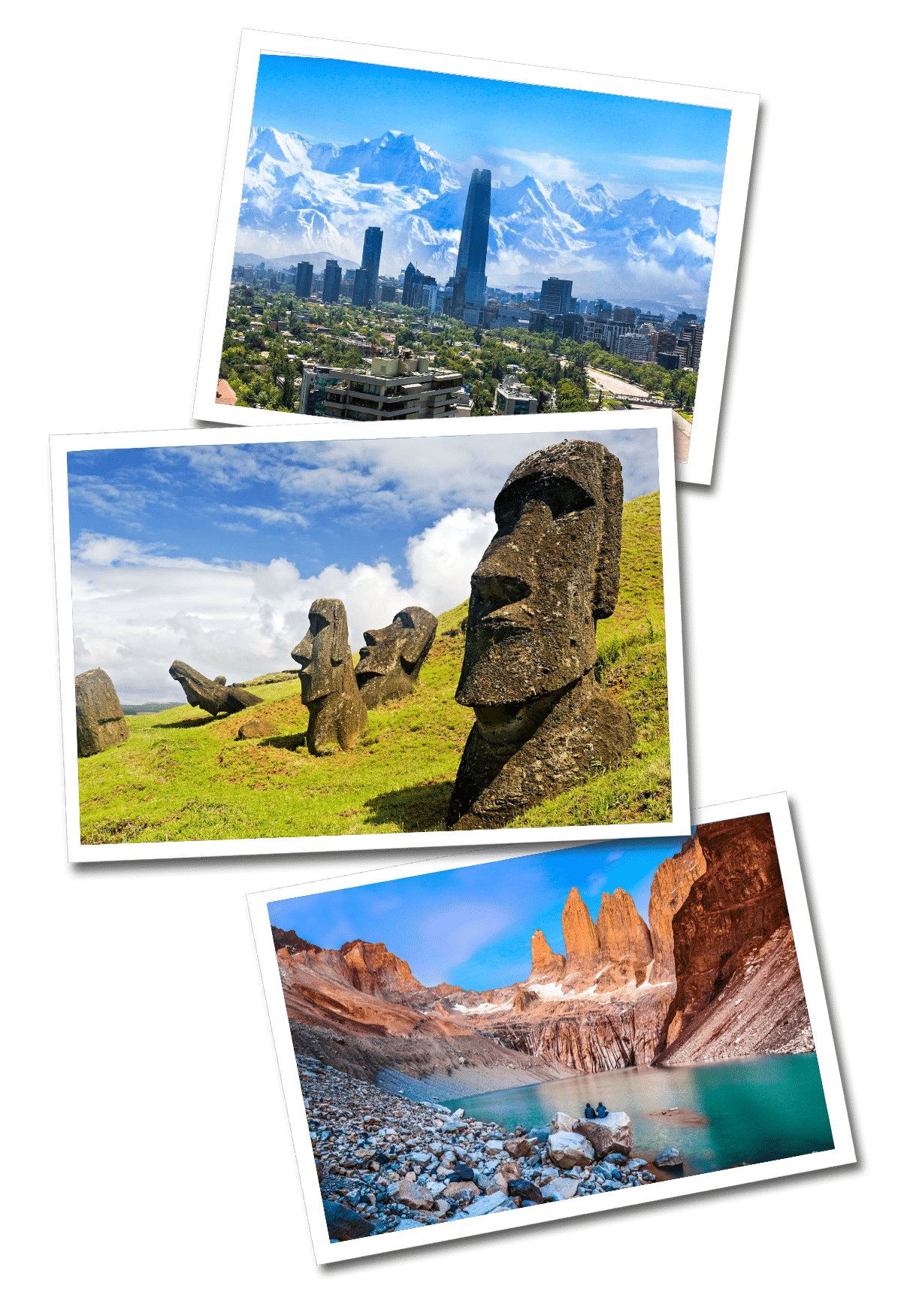
Located in South America, Chile is famous for its wine industry, rich history and culture and incredibly diverse landscapes, featuring a variety of climates and geography; so expect to have a great number of experiences and adventures awaiting for you when you visit.

Why Visit Chile
LANDSCAPES & NATURE
Chile is the world’s narrowest country, however it has an incredible variety of landscapes, with the Pacific Ocean in one side and the Andes in the other. Ancient glaciers, snow-white salt plains, the Atacama desert, the driest desert on the planet, forests, lakes and active volcanoes, an array of natural wonders for you to discover.
WINE & FOOD
Chilean cuisine boosts truly unique flavours, a mix of ancient traditions and ingredients used by indigenous natives and European preparations and trends, essentially Spanish, all accompanied by pairings with wines, as the country is a leader in the wine industry, offering high quality wines since the 16th century.
HISTORY & CULTURE
Chilean culture is an interesting mix between the Mapuches (the indigenous of the area), and the influence of Spanish colonialism as well as other immigrant cultures. Thanks to its geography, the country has develop a strong national identity, with different customs, traditions and gastronomy depending on the region.
EASTER ISLAND
Easter Island, a remote island located in the Polynesian Triangle in Oceania the Pacific Ocean, is a must-visit destination in Chile. Known for its 887 mysterious moai statues, ( giant stone statues of carved human figures with oversize heads created by inhabitants during the 13th–16th centuries), it offers a unique blend of Polynesian culture and archaeological wonders. Visitors can explore the archaeological sites, hike to the volcanic craters, and soak in the island’s tranquil atmosphere.
Bucket List
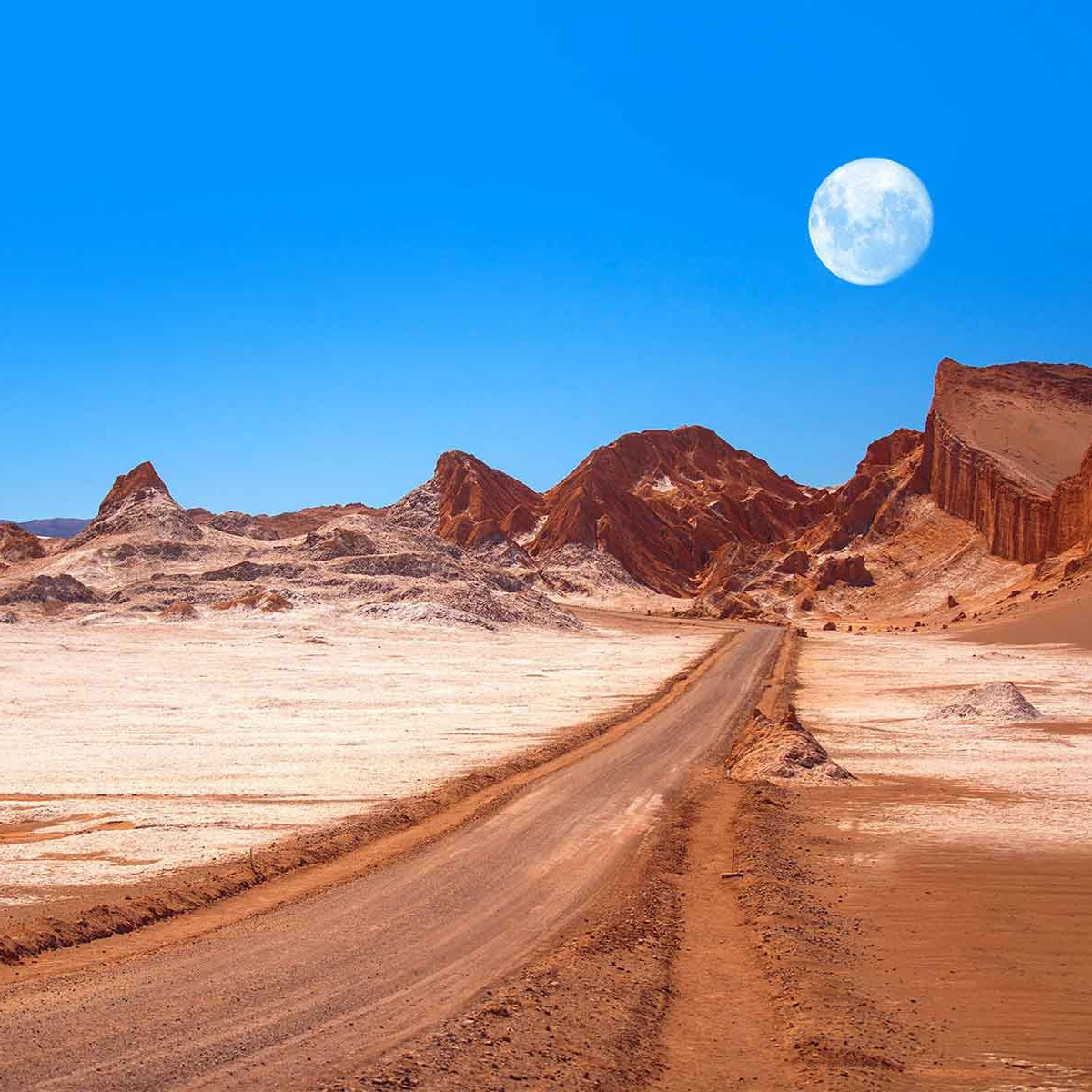
Explore the Atacama Desert
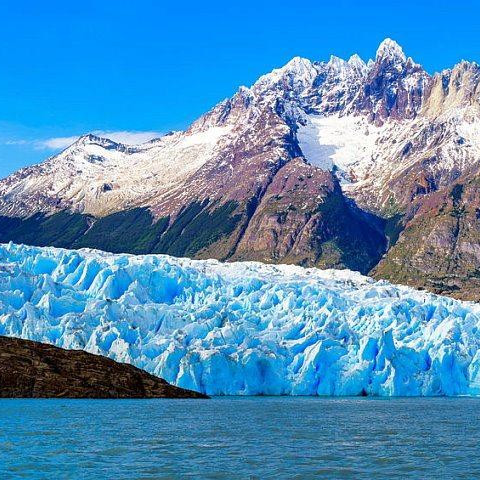
Visit the Torres del Paine National Park.
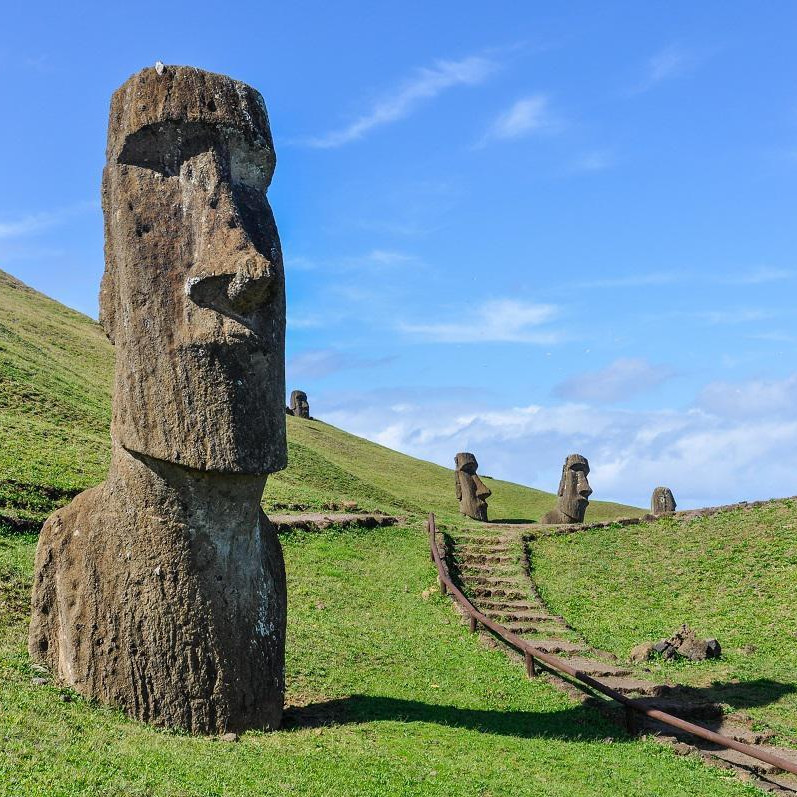
Visit the Easter Island
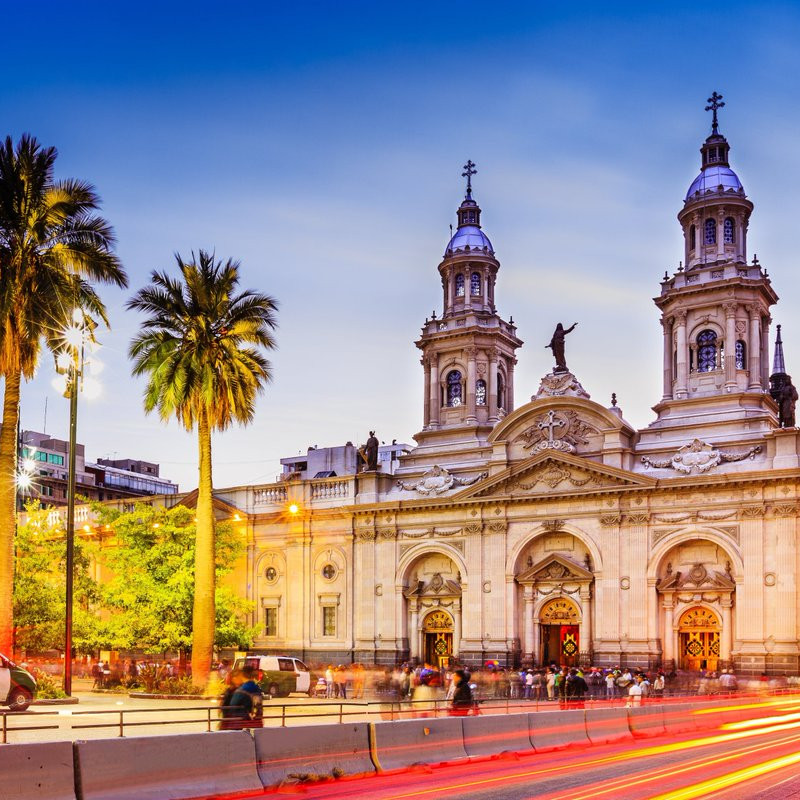
Explore the streets in Santiago
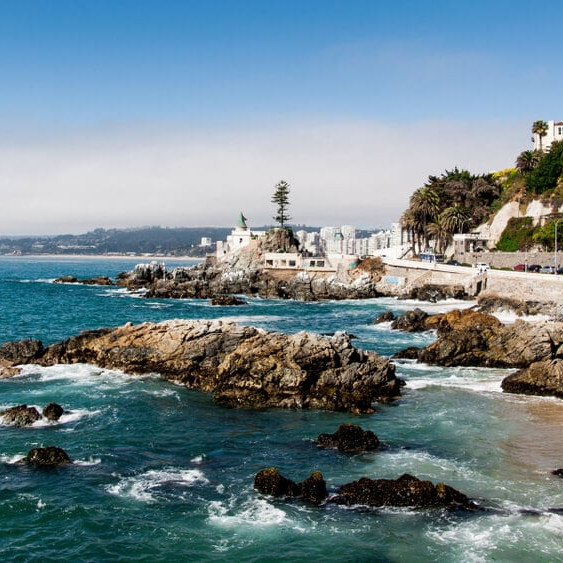
Walk along the seaside boardwalk at Viña del Mar
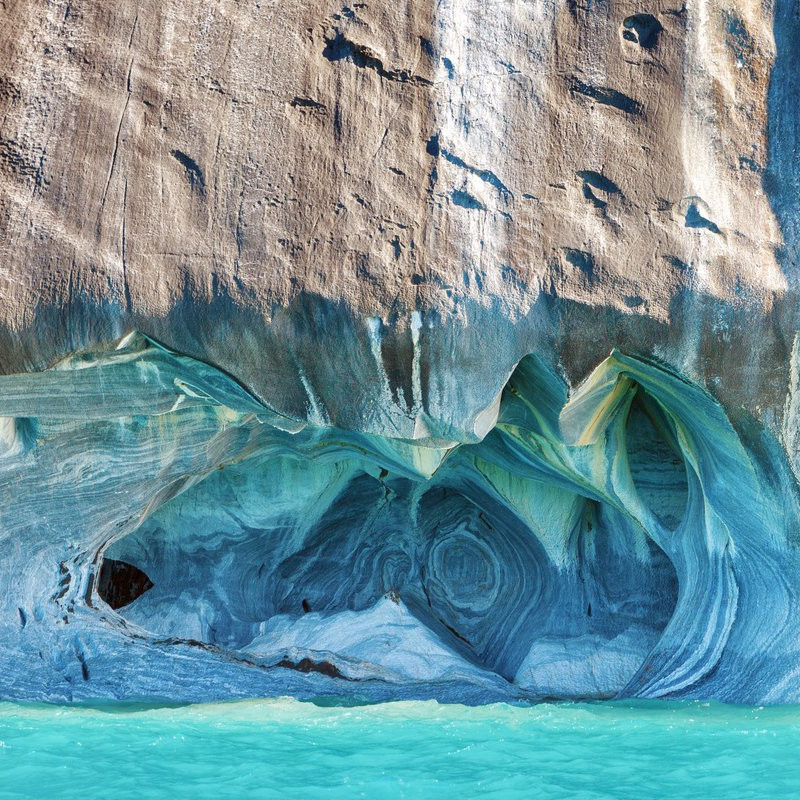
Visit the caves on General Carrera Lake
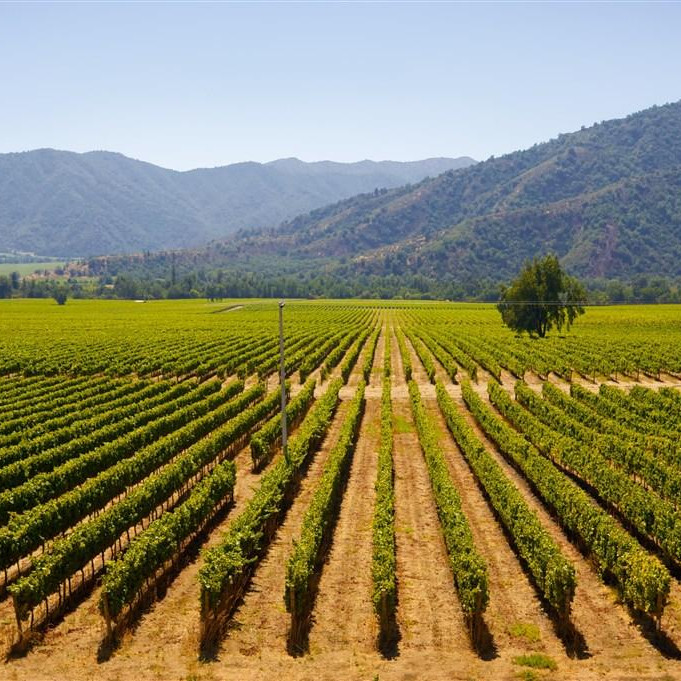
Do a wine tour
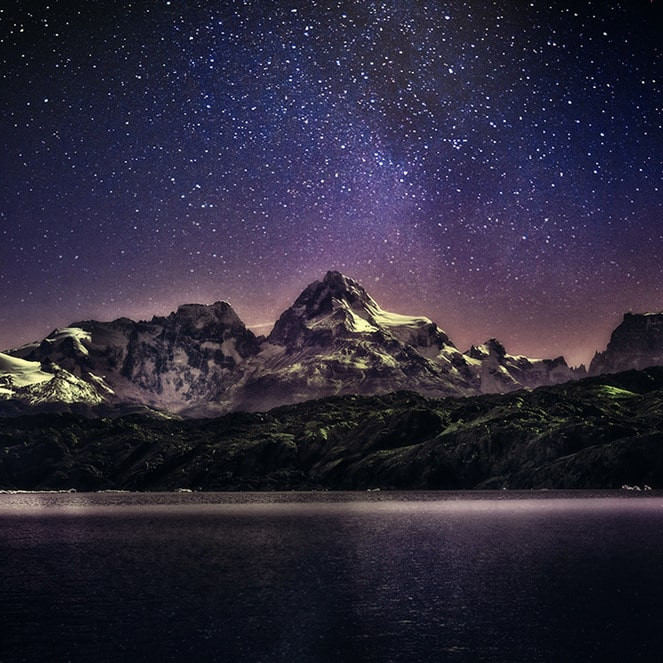
See the Milky Way on Southern Patagonia
What to expect
LANGUAGE
Spanish is the official and most widely spoken language in Chile. Some other indigenous languages like Mapudungun, Chesungun, Aymara and Quechua are spoken by a minority of people. English is spoken in the main cities and tourist attractions, however, speaking a little bit of spanish will take you a long way when visiting remote areas.
ELECTRICITY
In Chile the standard voltage is 220 V and the frequency is 50 Hz. That’s the standard voltage in UK, Europe, Australia and most of Asia and Africa.
CURRENCY
The Chilean peso is the official currency in Chile. Foreign currencies, like dollars and euros, are rarely accepted. Credit cards are widely accepted, and you can exchange your money at any bank or withdraw directly from the ATM. 1 USD equals 800 pesos (as of 2023)
CLIMATE
Chile has almost every time of climate thanks to its different geographies and altitudes. The Patagonian region is icy and cold, while the Easter Island enjoys warm and subtropical climate. The climate in the Atacama desert is extremely dry and arid, as it is the driest place on Earth. Central Chile like Santiago enjoys a mediterranean temperature, with monthly temperatures are about 67.1 °F (19.5 °C) in the summer months of January and February and 45.5°F (7.5 °C). We would recommend to research a little about the specific region you are going to visit or take your entire wardrobe just in case.
SAFETY
Chile generally has a good reputation for safety. It is considered one of the safer countries in South America. However, as with any travel destination, it’s always advisable to exercise caution and take necessary precautions. It’s recommended to keep an eye on your belongings, avoid displaying expensive items, be cautious in crowded areas, and use authorized transportation services.
How to get around
- Air Travel: Chile has an extensive network of domestic airports, making air travel a convenient option for covering long distances. Several airlines operate domestic flights connecting major cities like Santiago, Punta Arenas, Valparaíso, and more. Air travel is especially useful when traveling to remote regions like Patagonia or Easter Island.
- Buses: Buses are a popular mode of transportation in Chile, offering an extensive network that connects cities, towns, and even remote areas. The bus system is well-established and reliable, with both long-distance and local routes available. Companies like Turbus, Pullman, and Cruz del Sur operate comfortable buses with various amenities, including reclining seats, onboard restrooms, and Wi-Fi.
- Metro: Santiago, the capital city of Chile, has a modern and efficient metro system. The Santiago Metro, known as “Metro de Santiago,” provides a convenient way to travel within the city and its suburbs. It operates an extensive network of lines that connect major attractions, business districts, and residential areas. Tickets can be purchased at the stations using rechargeable Bip! cards.
- Taxis: Taxis are readily available in urban areas and are an efficient means of transportation for short distances. Official taxis are easily identifiable by their distinctive black and yellow colors, and they use meters to calculate fares. In some cities, smartphone applications like Uber and Cabify are also popular alternatives for convenient and reliable transportation.
- Rental Cars: Renting a car is an excellent option for exploring Chile, especially if you plan to visit remote areas or embark on a road trip. Major cities and airports have multiple car rental companies offering a range of vehicles. It’s advisable to have an international driver’s license and be familiar with local driving regulations. Chile has well-maintained highways and roads, making self-driving a viable option.
- Ferries and Boats: Given Chile’s long coastline and numerous islands, ferries and boats are essential for certain routes. For example, to reach Chiloé Island or navigate the fjords of Patagonia, ferry services are available. In the far south, crossing the Strait of Magellan by ferry is necessary to reach Tierra del Fuego. Cruises and boat tours are also popular for exploring the pristine waters and glaciers of the Chilean fjords.
- Trains: While train travel is not as extensive as other modes of transportation, there are scenic train routes available in certain regions. For example, the “Tren del Sur” operates between Santiago and Chillán, offering picturesque views of the countryside. In the far north, the “Tren Longitudinal Norte” provides a unique experience through the Atacama Desert.
Visa & Policy
Chile has a well-defined visa policy for tourists, with specific requirements varying based on the visitor’s nationality. Here is a detailed description of the visa policy in Chile:
- Visa-Free Entry: Citizens of several countries can enter Chile without a visa for tourism purposes. These countries include the United States, Canada, Australia, most European Union member states, and several South American countries. Visitors from these countries are typically granted a visa-free stay for up to 90 days, which can be extended for an additional 90 days upon request.
- Tourist Card (Tarjeta de Turismo): Nationals of certain countries, including the United States, Canada, and Australia, are required to obtain a Tourist Card upon arrival at the Santiago International Airport or other designated border crossings. The Tourist Card is valid for a stay of up to 90 days and can be extended for an additional 90 days at the Chilean Immigration Office.
- Reciprocity Fee: Citizens of some countries are required to pay a reciprocity fee upon arrival in Chile. This fee is based on the principle of reciprocity, meaning that Chile charges a fee to nationals of countries that charge Chilean citizens a visa fee. The amount and countries affected can change, so it’s essential to check the latest information from the Chilean Ministry of Foreign Affairs.
- Visa Application: Nationals of countries not included in the visa-exempt or Tourist Card categories must apply for a tourist visa before traveling to Chile. The application process typically involves submitting a completed application form, a valid passport, a recent passport-sized photograph, proof of travel itinerary, proof of accommodation, proof of financial means, and a return ticket. The specific requirements may vary depending on the country and consulate.
SUBSCRIBE!
Are you a globetrotter? Join our platform and get exclusive travel tips, getaways and more!
Brazil
Travel Brazil, the largest country in both South America and Latin America. It is a fascinating country, filled with warm and hospitable..
Bolivia
Travel Bolivia, home to 40% of all animal and plant species in the world. The country is blessed with an incredible diverse nature, from..
Argentina
Travel Argentina, a country king in diversity of all kinds, offering a variety of features and attractions to please every type of traveler..
Belgium
Travel Belgium, is a small country known as the world capital of the beer and the chocolate. The is also home to amazing architecure and..
Japan
Travel Japan, an archipelago comprised by 6,852 islands and home to a millenaire culture with interesting and unique traditions, extraordin..
Brazil
Travel Brazil, the largest country in both South America and Latin America. It is a fascinating…
Bolivia
Travel Bolivia, home to 40% of all animal and plant species in the world. The country is blessed…
Argentina
Travel Argentina, a country king in diversity of all kinds, offering a variety of features and…


